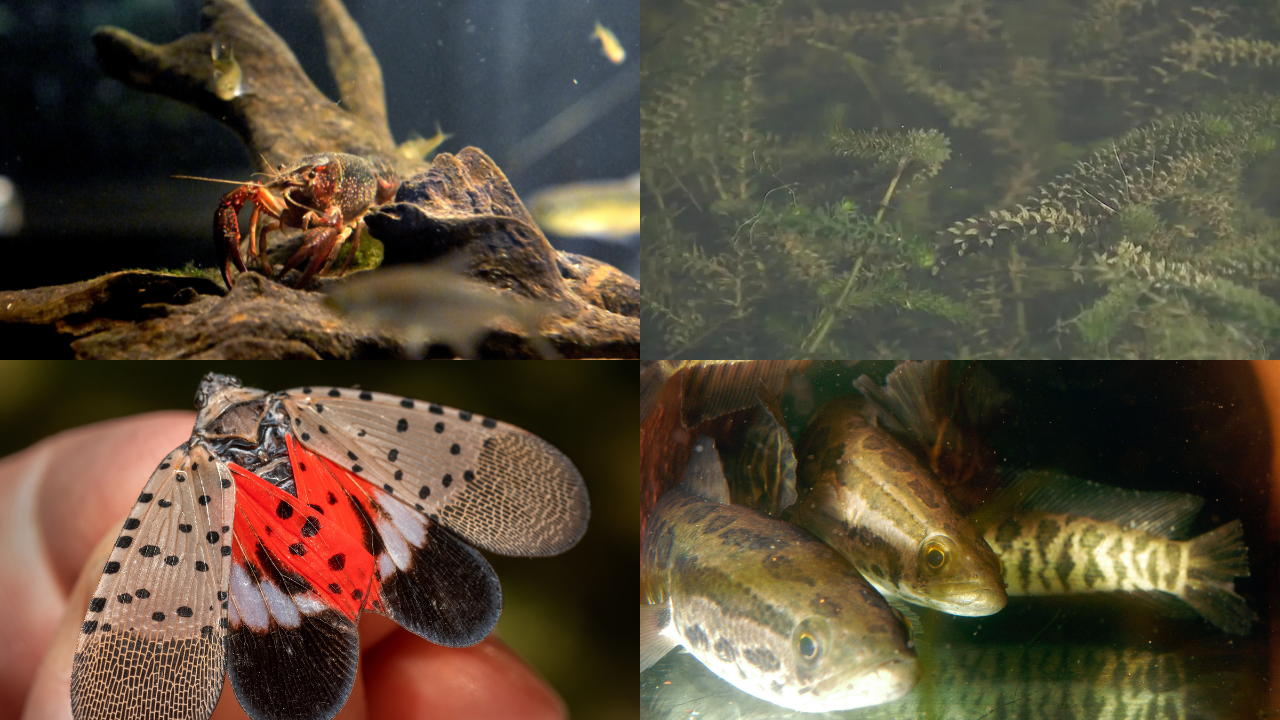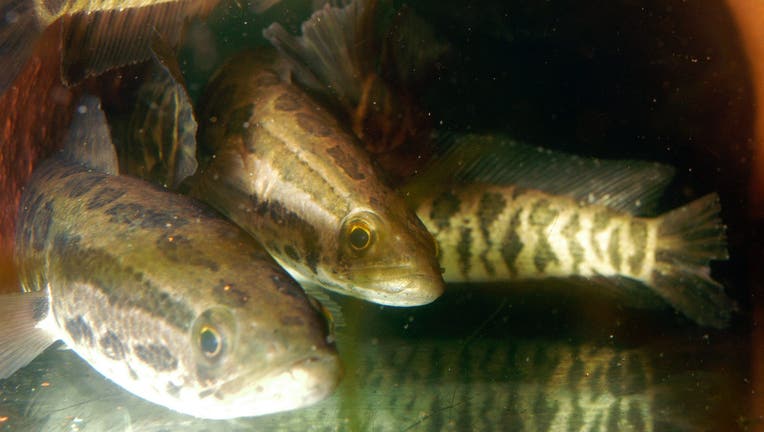 article
article
PHILADELPHIA – APRIL 28: Northern snakehead fish swim in a tank at the Academy of Natural Sciences April 28, 2005 in Philadelphia, Pennsylvania. Richard Horwitz, a senior biologist with the Academy of Natural Sciences, and his team caught 15 northern
VIRGINIA – They crawl, swim, and spread across Virginia – and officials warn they’re among the most destructive invaders in the commonwealth today. From insects that chew through forests to mussels that clog pipes, a dozen species are now on Virginia’s official “most-wanted” list.
The 2025 Virginia Invasive Species Management Plan highlights how these organisms disrupt ecosystems, threaten agriculture and cost millions to manage.
What we know:
The list reflects species that are either already established in Virginia or are at high risk of spreading. State officials say these invasives require the most urgent monitoring, control or prevention measures.
Some, like the spotted lanternfly, are now widespread, while others, such as nutria, are regional but capable of significant damage if they expand their range.
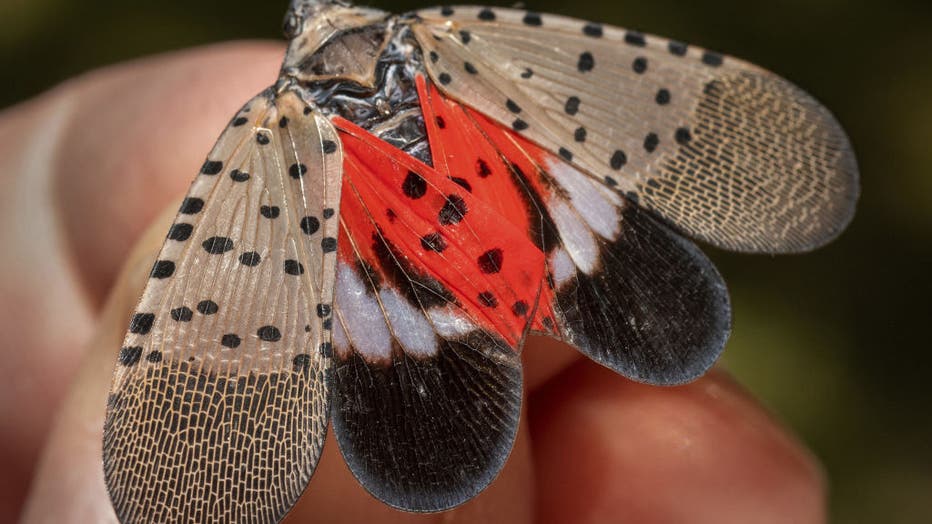
FILE – Indiana Department of Natural Resources compliance officer Vince Burkle holds an adult spotted lanternfly found in Huntington, Indiana, on Wednesday, Aug. 17, 2022.
The plan also stresses that prevention is more effective and less expensive than attempting eradication after a species has become established. Agencies across Virginia, including the Department of Wildlife Resources, Department of Forestry and Department of Agriculture, coordinate to detect new invasives, launch rapid responses and raise public awareness.
Virginia’s 12 invasive species of high concern Spotted lanternfly (Lycorma delicatula)Emerald ash borer (Agrilus planipennis)Zebra mussel (Dreissena polymorpha)Quagga mussel (Dreissena bugensis)Northern snakehead (Channa argus)Rusty crayfish (Faxonius rusticus)Red swamp crayfish (Procambarus clarkii)Rapa whelk (Rapana venosa)Nutria (Myocastor coypus)Phragmites (Phragmites australis)Hydrilla (Hydrilla verticillata)Gypsy moth / Spongy moth (Lymantria dispar)
(Source: Virginia Invasive Species Working Group & 2025 Virginia Invasive Species Management Plan)
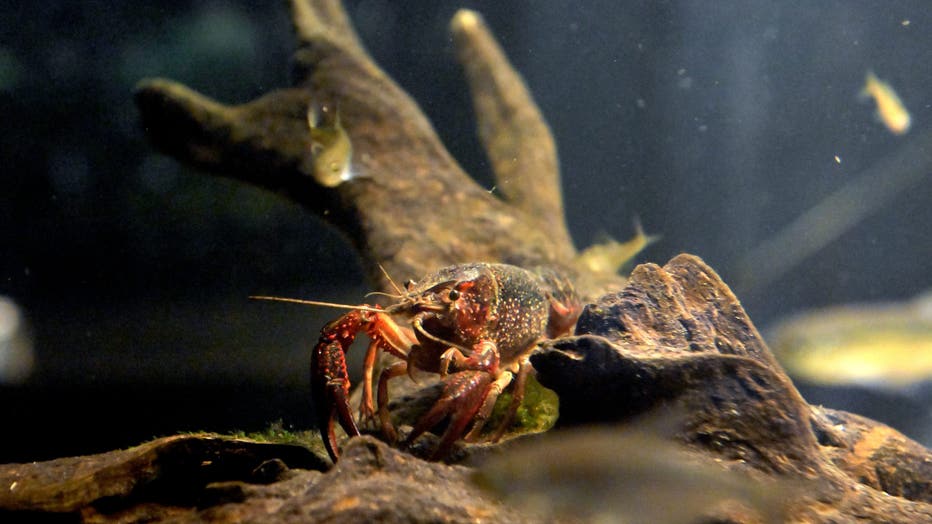
18 December 2023, Brandenburg, Potsdam: An American red swamp crayfish lurks for prey in a tank at the aquarium of the Potsdam Natural History Museum. Photo: Michael Bahlo/dpa (Photo by Michael Bahlo/picture alliance via Getty Images)
Why you should care:
These species degrade ecosystems and impose real costs on Virginia’s environment and economy. Zebra and quagga mussels clog water infrastructure. Nutria burrow into wetlands, causing erosion. Phragmites and hydrilla overtake waterways, displacing native plants and animals. Insects like the emerald ash borer and spongy moth devastate forests, while spotted lanternflies damage fruit crops and vines.
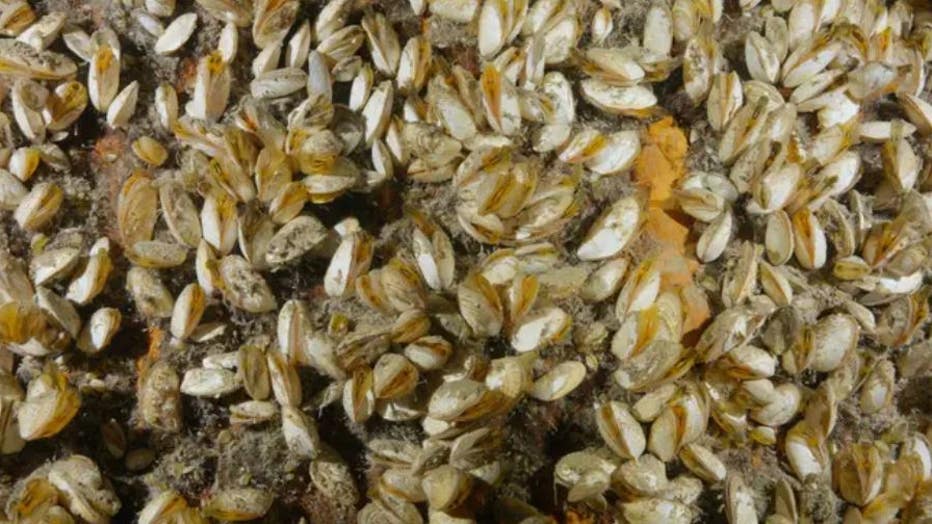
A closeup of the quagga mussels. (Inspired Planet Productions / FOX Weather)
Virginia’s strategy emphasizes early detection, rapid response, and community participation. Residents can help by cleaning boats and equipment, not moving firewood and reporting new sightings of invasive species to state agencies.
The Virginia Invasive Species Working Group Report
The Source: Information in this story is from the Virginia Invasive Species Working Group brochure and the 2025 Virginia Invasive Species Management Plan.

